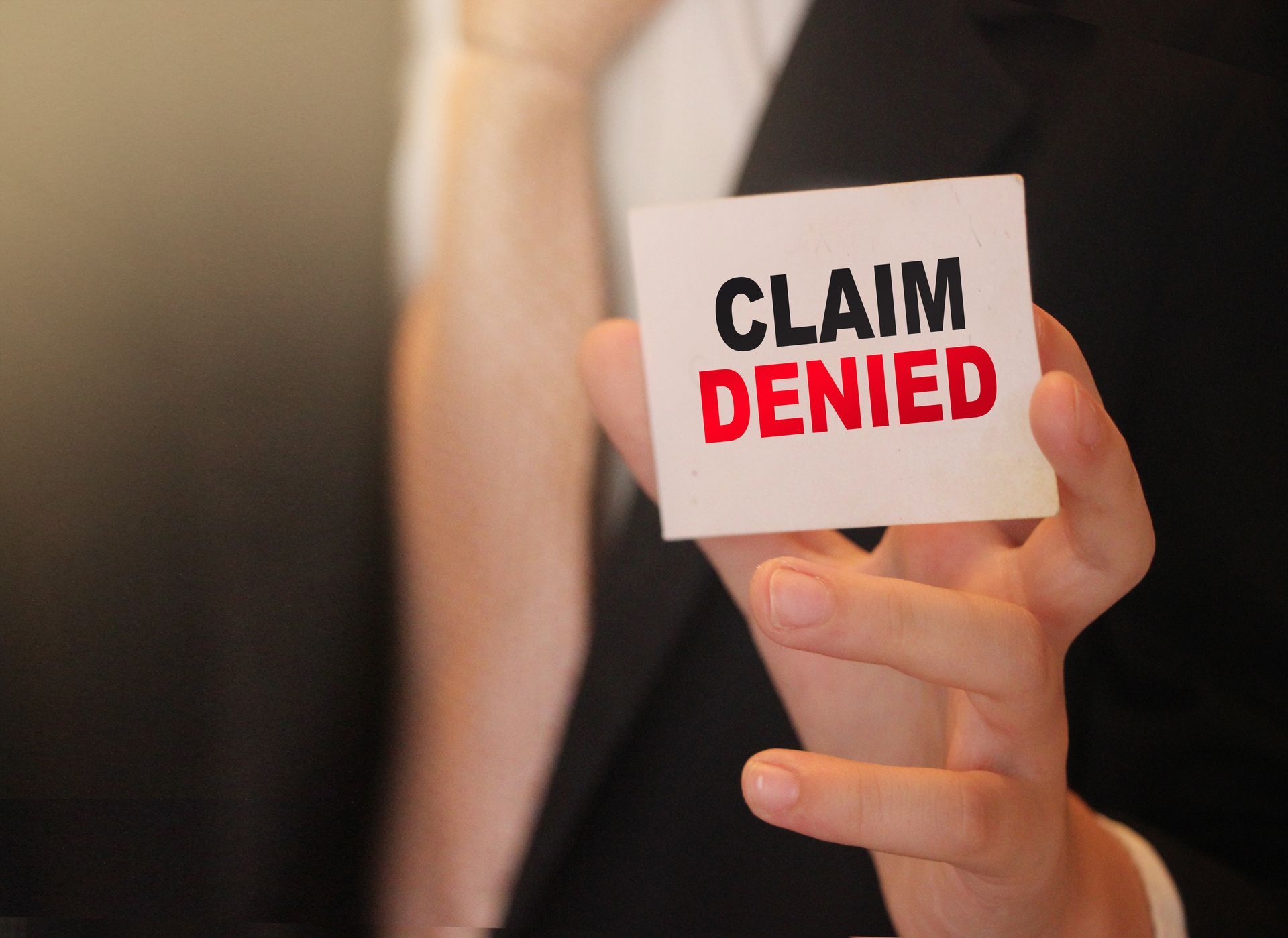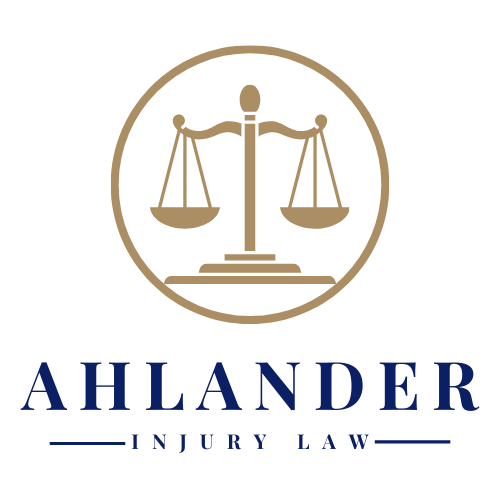How Pre-Existing Conditions Affect Injury Lawsuits
Navigating a personal injury lawsuit can be challenging, especially when you have a pre-existing medical condition. Courts and insurance companies often scrutinize any past injuries or illnesses to determine whether they contributed to your current situation. While this may seem daunting, understanding how to document your injuries, work with medical experts, and demonstrate aggravation of a pre-existing condition can help you seek fair compensation. The key is to be transparent about your health history so you can build a case that accurately reflects the impact of the recent accident on your well-being.
Keeping Transparent Medical Documentation
Medical documentation is the cornerstone of any personal injury claim, and it becomes even more critical when you have a pre-existing condition. Insurance adjusters and opposing counsel will look closely at your records to see whether your injury is truly related to the accident.
- Regular Check-Ups and Record-Keeping: If you have a pre-existing condition, you likely already have a record of routine doctor’s visits. Continue these visits after your recent accident. By maintaining updated medical records, including diagnostic tests and treatment notes, you’ll show any changes that occurred immediately following the incident.
- Detailed Accident-Related Records: The sooner you seek medical care after the accident, the easier it is to establish which injuries are new or worse than before. Ask your physician to detail in their notes the specific ways your condition has changed, and be consistent about follow-up visits. These meticulous records can substantiate that the accident had a meaningful effect on your health.
- Potential Impact on Compensation: Chronic conditions impact roughly 60% of American adults. This is significant when presenting how an existing health issue might amplify the suffering or medical costs you incur after an accident. Proper documentation can help ensure you’re compensated appropriately and not penalized for having a pre-existing condition.
Clarifying Your Condition with Medical Experts
Presenting expert testimony from qualified medical professionals can diminish any uncertainty about the extent to which your pre-existing condition was exacerbated by the accident.
- Neutral and Specialized Opinions: Having specialists—such as orthopedic surgeons, neurologists, or other relevant experts—evaluate your condition adds credibility. They can compare medical images and test results from before and after the incident to highlight any aggravations to your health.
- Explanation of Causation: Medical experts can delineate the difference between your baseline condition and post-accident condition. This helps to draw a clear line between what is pre-existing and what is newly aggravated, refuting any claims that your symptoms are wholly attributable to a prior issue.
- Expert Reports and Courtroom Testimony: Written expert reports are often submitted to insurance adjusters or courts as part of settlement negotiations or trial proceedings. In some cases, these experts may testify, addressing questions about whether your condition would have worsened on its own or if the accident was a contributing factor.
Demonstrating Aggravation of Pre-Existing Conditions
Another pivotal aspect of your claim involves proving that your pre-existing condition has substantially worsened following the accident. It’s not just about showing new injuries; it’s about confirming that your prior challenges have been made more severe due to someone else’s negligence.
- Baseline Health Assessment: Seek a thorough medical evaluation to establish your previous health baseline. This way, any departure from that baseline post-accident is easier to quantify. You might rely on diagnostic imaging, doctors’ notes, or physical therapy progress reports.
- Corroborating Evidence: Beyond medical records, testimonies from friends, family, or coworkers familiar with your physical abilities and limitations can bolster your claim. Proving that you were more active or in less pain before the accident can be persuasive, especially if it’s consistent with other evidence.
- Consistent Datapoints: Sometimes even small details show the aggravation over time—like a noticeable increase in medication dosage, additional rehabilitation sessions, or changes in mobility. Keep track of these details to form a cohesive narrative about how the accident has altered your life.
Addressing Insurance Adjusters’ Perceptions
In cases involving pre-existing conditions, insurance adjusters will often attempt to pin the majority of your pain and related expenses on your old injuries. While it may seem frustrating, you can take proactive steps to address these perceptions.
- Communicate Clearly and Honestly: Offer complete transparency about your medical background. Concealing or downplaying a pre-existing condition can undermine your credibility if undisclosed information surfaces later.
- Avoid Unfounded Claims: Strive to be factual about new symptoms or increased discomfort. Exaggeration or misrepresentation can make it harder, not easier, for you to secure compensation.
- Legal Counsel Assistance: An experienced personal injury attorney can help interpret insurance policies, structure settlement demands, and negotiate with adjusters so that your worsened condition isn’t unfairly dismissed. At Ahlander Injury Law, we prioritize transparency while building a strong factual basis to illustrate the impact of an accident on a pre-existing condition.
Strengthening Your Claim with Practical Strategies
While documentation and expert testimony carry significant weight, there are other practical steps you can take to support your personal injury claim.
- Maintain a Recovery Journal: Daily or weekly entries describing your pain levels, mobility issues, and emotional challenges can round out the clinical evidence. This approach demonstrates the real-life impact of the accident on top of your pre-existing condition.
- Seek Timely Treatment: Prompt medical intervention, including follow-up appointments and therapy sessions, underscores the seriousness of your aggravated injuries. Skipping sessions or waiting too long to consult a healthcare professional post-accident can make insurers question the legitimacy of your claim.
- Explore Support Groups or Physical Therapy: Engaging with structured recovery programs can not only expedite healing but also create a paper trail of consistent effort to address lingering or aggravated issues.
Moving Forward with Confidence
Facing a personal injury lawsuit while dealing with a pre-existing condition can feel overwhelming, but evidence-based documentation and credible expert opinions can fortify your claim. Insurance companies are trained to minimize payouts. However, when you maintain accurate records and seek timely support, you place yourself in a much stronger position to secure fair compensation.
If you’re ready to take the next step or need personalized guidance, contact us today to discuss possible legal options. You may also explore our other practice areas if you have additional concerns. Effective, transparent advocacy can make all the difference in ensuring that your aggravation of a pre-existing condition is acknowledged and appropriately compensated.





